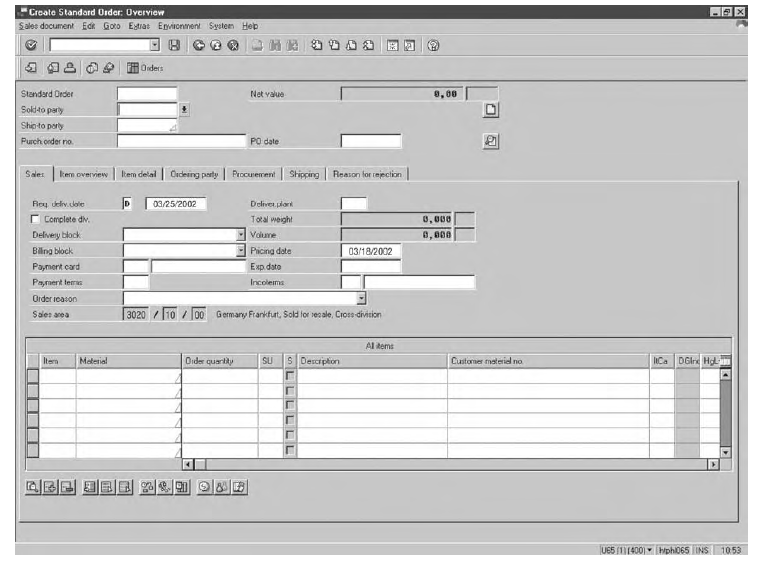Figure 11.6 shows that the M/S process employs the following seven data stores:
- Marketing data
- Customer master data
- Inventory master data
- Accounts receivable master data
- Sales order master data
- Completed picking ticket file
- Shipping notice file


With the exception of the inventory and accounts receivable master data, the other five data stores are “owned” by the M/S process, meaning that the M/S process has the responsibility for performing data maintenance and master data updates on these data stores. This section discusses the purpose and contents of each of these five data stores.
Earlier, we noted that the marketing data is the repository of a variety of sales-oriented data, some of which result from recording sales event data (i.e., processed sales orders) and some of which originate from activities that do not culminate in completed sales, such as customer requests for inventory not stocked and/or available. The marketing data also house information from the marketing information system. Typically, these data could include economic forecasts, census reports, responses to market research questionnaires, customer buying habits, customer demographics, and the like.
Customer master data include data that identify the particular characteristics of each customer, such as name, address, telephone number, and so forth. These data also contain various credit data. Although customer data may be altered directly, proper control techniques require that all such master data changes (i.e., data maintenance) be documented and approved, and that a report of all data changes be printed periodically.
|
Review Question What data stores does the M/S process “own”? |
As shown in the data flow diagrams, records in the sales order master data store are created on completion of a sales order. Each of the sales order master data records contains various data elements, typically those that appear on the sales order in Figure 11.7.
Like the sales order master data, the completed picking ticket data and the shipping notice data will parallel the contents of their related business documents. The bulk of the data elements on these two documents would be identical to those on the sales order. Recall that unlike the sales order itself, the completed picking ticket and the shipping notice would reflect the physical quantities actually picked and shipped. In addition, the shipping notice would include data concerning the shipment such as shipping date, carrier, bill of lading number, and the like. In practice all of this data could simply be added to the record of the sales order that is maintained in the database.
|
Review Question What data stores are owned by other information processes that provide data to the M/S process? What data does the M/S process obtain from these stores? |
- 4450 reads






